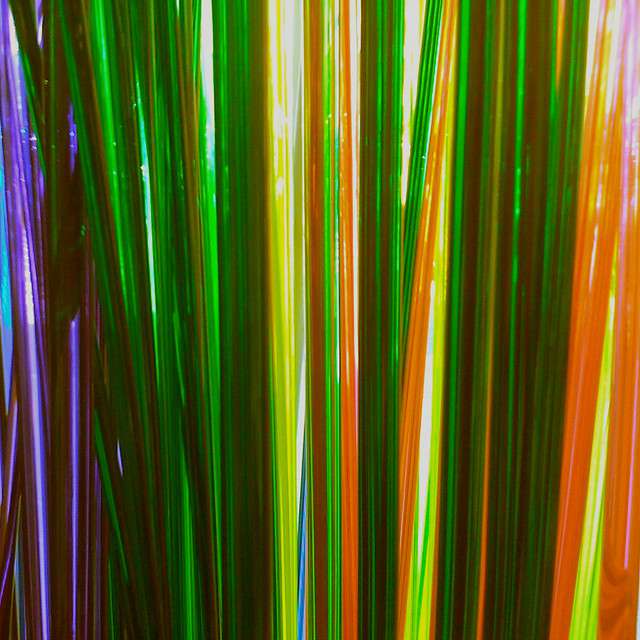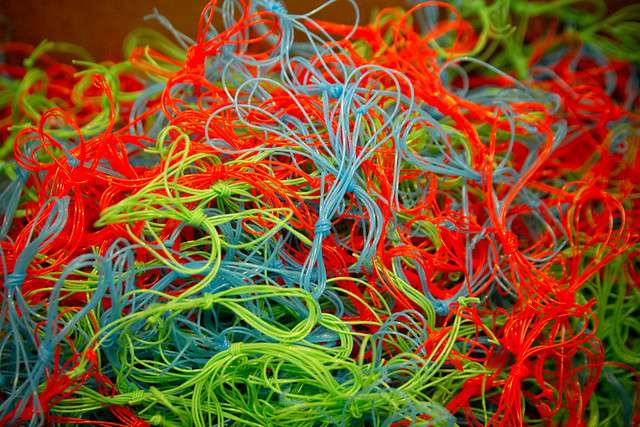
Polymer additives have improved the use of plastics in manufacturing and created new innovations solutions with the use of these materials. Image Source: Flickr user Kevin Dooley (CC BY 2.0)
After a recent trip to the store, which yielded plastic bags filled with plastic packages—containing plastic toys, lights, and dinnerware—I’ve become fairly convinced that plastics are taking over the world. Polymer is the material of the future.
The Packaging Science University of Florida explains the reason for this market trend best, stating that “improvements in polymer performance have opened the door for new and innovative ways of production. Numerous additives provide processing and manufacturing performance improvements; others allow materials to have an assortment of enhanced properties”1. Polymer additives are expanding the use of plastics in manufacturing and are the key ingredient in innovative design.
But the color analysis of plastic and polymer additives also plays a significant role the development of new products. With advancements in spectrophotometric technology, we have seen a huge improvement in the use and functionality of polymer additives across the industry.




